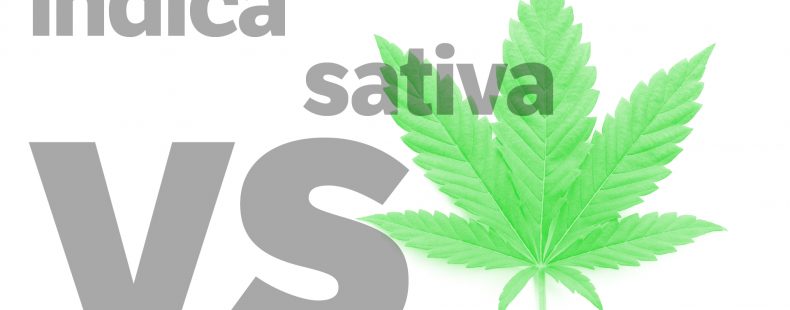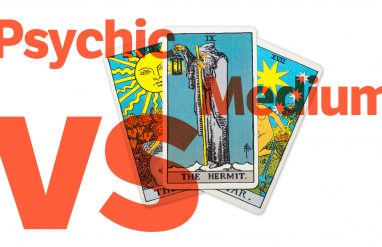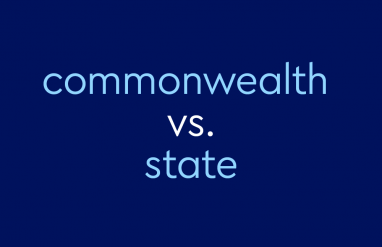⚡ Quick summary
The terms indica and sativa are used in the commercial cannabis industry to refer to different strains of cannabis with different effects. In general, indica strains of cannabis tend to have a relaxing effect while sativa strains tend to energize the user.
Marijuana dispensaries offer customers and patients a variety of options for either medical or recreational use. These decisions can be overwhelming for someone who’s not familiar with the industry lingo.
One decision a consumer might have to make is what strain (“a group of plants distinguished from other plants of the variety to which it belongs by some intrinsic quality”) of cannabis to purchase. Although there are a variety of different strains of marijuana, most dispensaries typically categorize their products within three categories: indica, sativa, or a hybrid of the two.
Although these classifications are the most common and well known, their prominence doesn’t mean it’s necessarily easy to tell them apart. Many consumers new to the world of cannabis turn to online searches for quick answers (“What is the difference between indica and sativa?”) before buying in order to make sure they’re making the right purchase.
So what is the difference between indica and sativa, and what impact do they have on users consuming the drug? Let’s take a closer look.
What does indica mean?
Indica is a classification of marijuana known for its relaxing and therapeutic qualities. Scientifically, indica is referred to as Cannabis indica, and these strains can offer sleepiness and relief to those suffering from chronic pain. Indica strains can also promote appetite and reduce nausea.
Indica grows faster and according to Healthline, its strains typically have higher doses of the non-psychoactive cannabidiol (CBD) and lower levels of the psychoactive compound tetrahydrocannabinol (THC). This means that indica is associated with a more relaxing feel, so it is commonly used in the evenings.
For example:
- Instead of taking prescription pain medicine for his terrible back pain, Robert has found relief from indica.
- Although she wanted to stay awake for the entire movie, she only lasted 20 minutes before falling asleep thanks to the indica.
French naturalist Jean-Baptiste Lamarck is credited with first making the distinction between indica and sativa in the 1700s while examining plant specimens brought back from India. In his research, Lamarck noted that the Cannabis indica plant grew shorter and has wider leaves.
Although Lamarck named these varieties of the cannabis plant indica, Latin for “of India,” it is now widely grown elsewhere. It wasn’t until the late 20th century that indica became more well known as the commercial cannabis production expanded and demand grew for a wider variety of marijuana strains.
Common nicknames for indica include purple or grapes, in honor of some Cannabis indica plants’ dark purple color.
What does sativa mean?
Sativa is another classification of marijuana strains. The leaves of this subspecies of marijuana plant are lighter in color and narrower than their counterparts. Cannabis made from these plants is associated with a stimulating effect that gives users a buzz. These plants tend to grow in hot, dry climates and can be found in Africa, Central America, Southeast Asia, and western portions of Asia, according to Healthline.
Sativa also typically has less CBD and more THC and promotes productivity as well as creativity. For example:
- I was hit with a boost of energy after the sativa kicked in.
- Since he wasn’t aiming for a chill night, he decided to go with the sativa.
When Lamarck identified the difference in indica and sativa plants during the 18th century, he observed that the Cannabis sativa plant was taller with thinner leaves than its indica counterpart. However before this, it was Carl Linnaeus, a botanist from Sweden, who in 1753 first identified psychoactive cannabis plants as Cannabis sativa. Sativa is Latin for “cultivated.”
How to use indica vs. sativa
Many retailers classify their cannabis into three: indica, sativa, or hybrid. Interestingly, over the years, there has been considerable debate over the application of these terms. Contrary to popular belief, some claim there’s little difference between the effect of the two species.
However, it is important to consider that they are commonly associated with distinct effects: Cannabis indica strains bring pain relief, relaxation, and drowsiness; Cannabis sativa is linked to upbeat energy. So users looking for a “head high” or invigorated feel tend to stick to sativa while those hoping for a “full body high” or deep relaxation tend to favor indica. For example:
- Since Joan suffers from anxiety, she has found it’s best for her to stay away from sativa and stick to indica instead.
- Cannabis made from indica plants tends to be more calming, so Ernesto saves that for night and uses sativa during the day.
The bottom line: sativa typically refers to marijuana that will give a more uplifting, stimulating buzz while indica is traditionally associated with a mellow feel.














